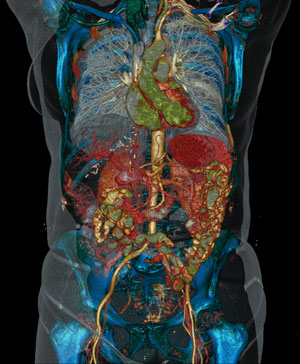
Thanks to IP Osgoode for profiling our work in the University of Ottawa Law & Technology Journal on the push-pull between obviousness and inventiveness in pharmaceutical litigation.
A couple paragraphs from the article:
While obviousness and inventiveness are opposite ends of the spectrum of activity leading up to invention, the roof under which they co-inhabit, however uncomfortably, is that of human agency. Notwithstanding the PHOSITA represents at once the metric for the obviousness analysis undertaken by the courts, the class of persons most likely to be actual inventors in reality, and the societal medium through which all pharmaceutical inventions emanate and are vetted, rejected and put into practice, Canadian patent jurisprudence and legal commentary nevertheless stipulates that for an invention to be obvious, no “experimenting or serious thought, or research, whether the research be in the laboratory or amongst literature” can be conducted in the lead-up to invention.
Judicial reasoning underpinning this approach hinges on the current legal fiction of the PHOSITA, who is said to possess not even a “mere scintilla” of inventiveness or creativity. This is true independent of whether the obviousness analysis is couched as an express injunction against testing or the “worth a try” approach to testing or whether the PHOSITA “would have” versus “could have” arrived at the impugned invention. The approach taken by Canadian courts on the issue is highly binary in nature, which contrasts sharply with the spectrum of inventive activity engaged in by both actual patentees or more generally by persons skilled in the art of pharmaceutical research and development.
In order to gain a better understanding of the issue, a social sciences construction of the normative practices of the pharmaceutical PHOSITA was undertaken. This involved evaluating the scientific norms of industrial pharmaceutical research and development, with particular focus on the identity and inventive capacity of the pharmaceutical PHOSITA. Two analytical methods were employed in the analysis: the tacit and focal knowledgebase framework of Polanyi and actor-network theory (ANT) as described by Latour.
The full article can be found on the journal website.












